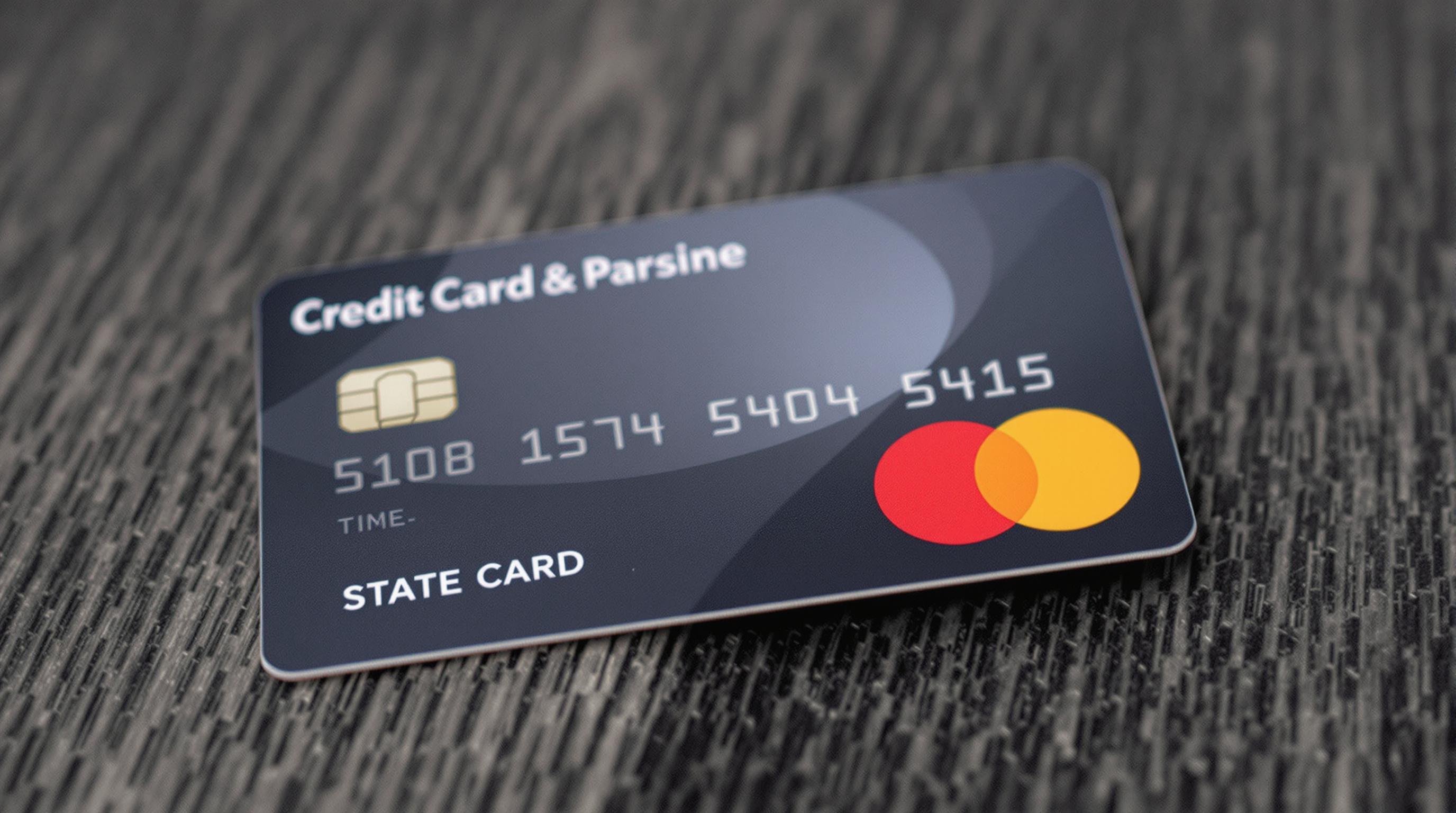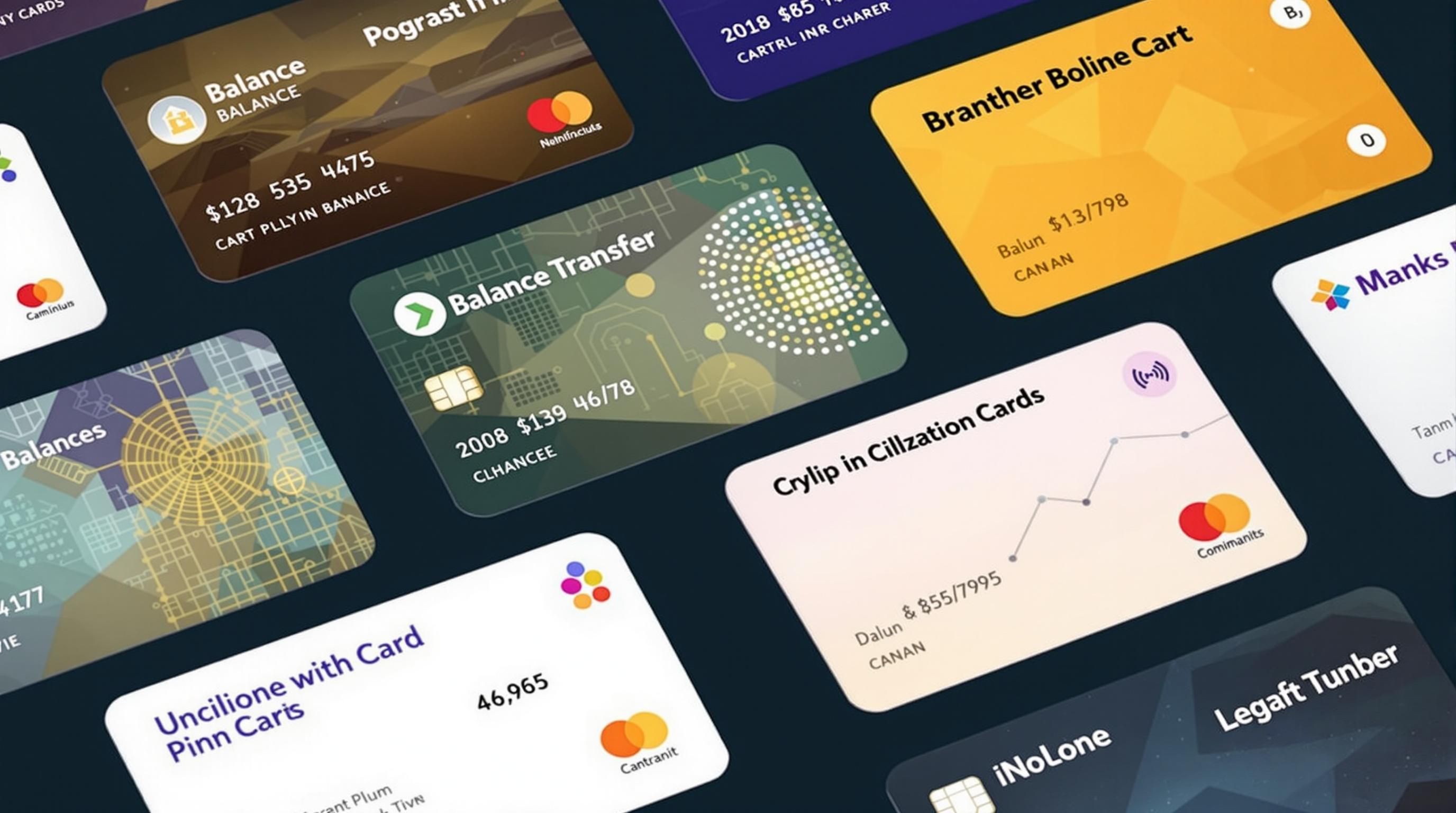Related Articles
- When Creditors Turn Aggressive: Navigating the Legal Gray Zones of Unconventional Debt Collection Practices
- Top 7 Innovative Credit Tracking Apps From the Past Five Years That Are Redefining Financial Control
- How Shifting Debt Across Cards Influences Consumer Behavior Patterns Few Analysts Ever Consider
- Top 5 Lesser-Known Debt Management Apps From the Last 5 Years That Actually Outperform Classic Snowball Methods
- Unlocking the Quiet Power of Micro-Investments in Alternative Assets to Shift Your Financial Reputation Gradually
- 7 Revolutionary Secured Loan Solutions Debuting Since 2019 That Tackle Risk Differently and Boost Borrower Confidence
How Shifting Debt Across Cards Influences Consumer Behavior Patterns Few Analysts Ever Consider
How Shifting Debt Across Cards Influences Consumer Behavior Patterns Few Analysts Ever Consider
Shifting debt across credit cards subtly rewires consumer behavior beyond mere financial calculations, influencing spending habits, psychological perceptions, and long-term money management strategies. This article unpacks overlooked patterns and consequences of this practice through a multi-tone exploration backed by data and vivid examples.
The Basics of Credit Card Debt Shifting
People often juggle multiple credit cards to manage their debt more effectively. The typical idea is simple: transfer balances from a high-interest card to one with a lower rate, often through 0% introductory offers. But beneath this straightforward tactic lies a complex dance influencing behavior and emotions around money.
A Young Adult’s Perspective: Casual Confessions
As a 22-year-old college student, juggling debt feels like a constant battle. Moving balances from one card to another makes me feel like I’m winning, even if it's temporary. It’s like hitting pause on a video game boss fight—avoiding damage while figuring out my next move. However, this strategy sometimes backfires because the "pause" creates a false sense of security, encouraging me to spend more on other cards.
The Psychological Effect: More Than Just Arithmetic
Debt shifting changes how consumers perceive their financial responsibility. When balances are split among several cards or moved to those with promotional offers, the immediate pain of debt seems lessened. This phenomenon is called "mental accounting," where individuals treat money differently depending on its label or source (Thaler, 1999).
For instance, shifting high-interest debt to a zero-percent balance transfer can reduce feelings of urgency to pay off debt since the immediate cost of borrowing appears lower. A 2019 study by the National Bureau of Economic Research found that consumers with balance transfers were 20% more likely to increase their overall spending in the following 3 months.
A Cautionary Tale: The Smith Family
Consider the Smiths, a middle-aged couple who transferred $15,000 of credit card debt to a new card offering 0% interest for 18 months. Initially a relief, they later accumulated another $5,000 on the original cards. When the promotional period ended, the combined debt exploded with interest charges. Their story is a classic example of how shifting debt can inadvertently encourage reckless spending and poor long-term planning.
A Formal Analysis: Economic Implications of Debt Reallocation
From an economist’s angle, debt shifting affects aggregate demand and credit markets in subtle ways. It temporarily reduces consumers’ costs of carrying debt, potentially stimulating short-term consumption. This effect contradicts traditional models that assume consumers are rational actors who respond only to interest rates and income.
Moreover, balance transfers often come with fees ranging from 3% to 5%. In aggregate, millions of consumers pay billions in transfer fees annually, a hidden drag on economic welfare. Data from the Consumer Financial Protection Bureau indicates that over 30% of credit card holders utilize balance transfers at some point, underscoring the behavioral bias toward refinancing over reducing principal.
Humorous Interlude: The Debt Shuffle Dance
If only moving credit card balances were as fun as it sounds—somewhat like a dance. Meet the “Debt Shuffle,” where consumers twist and twirl their numbers from one card to the next, hoping the music never stops. But too often, the music does stop, and the dance ends with a high-interest horn solo that nobody wants to hear.
Case Study: Millennials and the Balance Transfer Boom
Millennial consumers, particularly those aged 25-35, are disproportionately represented among balance transfer users. A 2022 study by Experian showed that nearly 45% of all balance transfer initiations occurred within this age group, reflecting both their high debt burdens and awareness of credit product features. Interestingly, these consumers often underestimate the challenge of managing multiple due dates, leading to missed payments and penalty interest rates.
Strategic Spending vs. Psychological Buffers
For savvy consumers, shifting debt can be part of a strategic financial plan. By consolidating debt, they gain simpler payment schedules and lower effective rates. However, many lack the discipline to restrain new spending, fueled by the psychological buffer created by zero-interest offers.
In practice, this behavior can be likened to “credit card refinancing” that erroneously feels like freeing up cash rather than reorganizing the underlying liability. According to a 2021 survey by Credit Karma, 62% of respondents admitted to increasing credit card spending after a balance transfer, unaware that this could exacerbate their financial stress later.
The Middle-Aged Analyst: Formal and Persuasive
At 52, with decades of observing financial cycles, I assert that understanding the full behavioral impact of debt shifting is crucial for better policymaking and consumer education. The often optimistic marketing by credit card companies exploits cognitive biases, making debt shifting alluring but risky. Advocates for consumer financial health must highlight that this is not merely a numeric rearrangement but a trigger for altered spending patterns, sometimes undermining the debt reduction goal.
The Role of Credit Card Issuers
Credit card companies design balance transfer offers to maximize customer acquisitions, not necessarily to support long-term financial well-being. The enticing 0% APR for 12-18 months hooks consumers, but high post-promotion rates can catch them off guard. Industry insiders acknowledge that these tactics can create churn and cycle debt, which drives profitability.
Conversational Advice: What You Can Do
Hey, if you’re thinking about moving your credit card balances around, here’s a little friendly tip: calculate all the fees and interest that kick in after the promotion ends—don’t just focus on the shiny 0% sticker. And try to avoid the temptation to rack up new charges; otherwise, you're just playing a game you might lose.
Setting up automatic payments, sticking to a budget, and targeting the entire debt principal rather than just the minimum payments can make a huge difference. Remember, debt shifting is a tool, not a solution.
Real-Life Impact: Financial Literacy Matters
Several community-based programs focusing on financial education have shown promising results in reducing unwise balance transfer habits. For example, a 2020 pilot program in Ohio reported a 15% decrease in new credit card debt accumulation among participants after targeted counseling sessions.
Final Thoughts: The Debt Shifting Paradox
Ultimately, shifting debt across cards is a double-edged sword—it can either serve as a strategic lifeline or a seductive trap. The unseen influence on consumer behavior patterns is as much psychological as it is financial, often overlooked by analysts and consumers alike. Recognizing this complexity enables individuals to make informed decisions that strengthen their financial health rather than weaken it.



